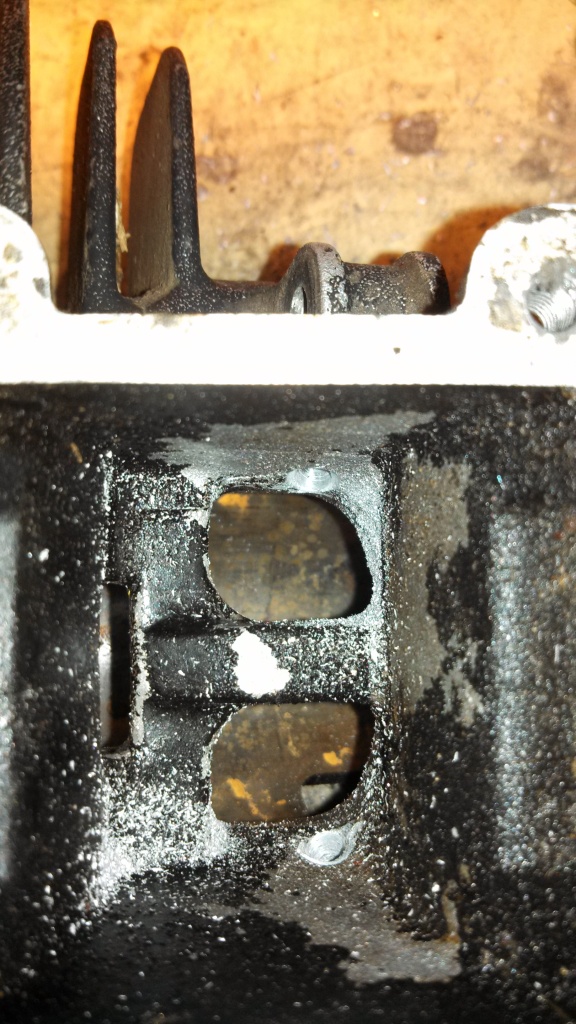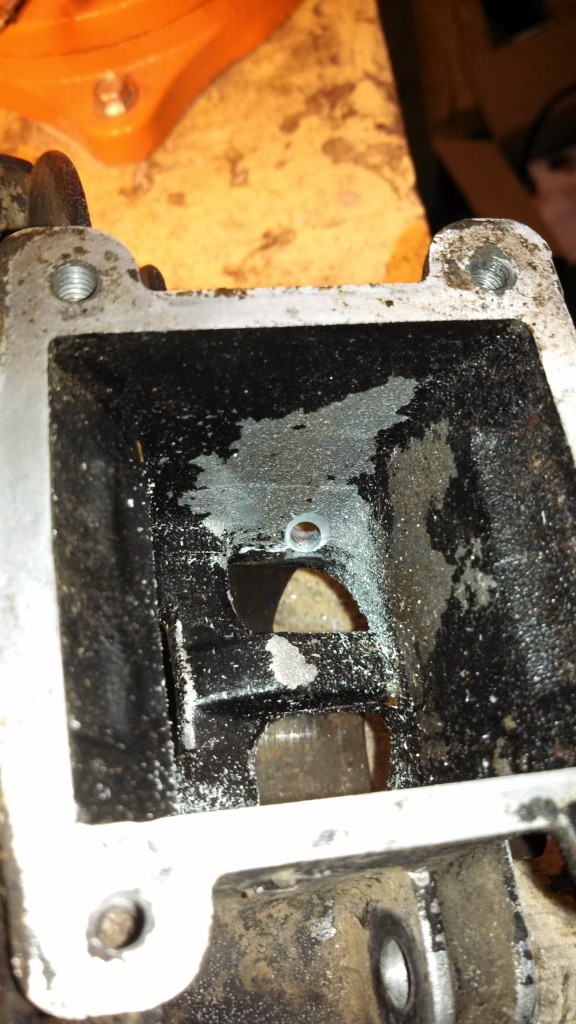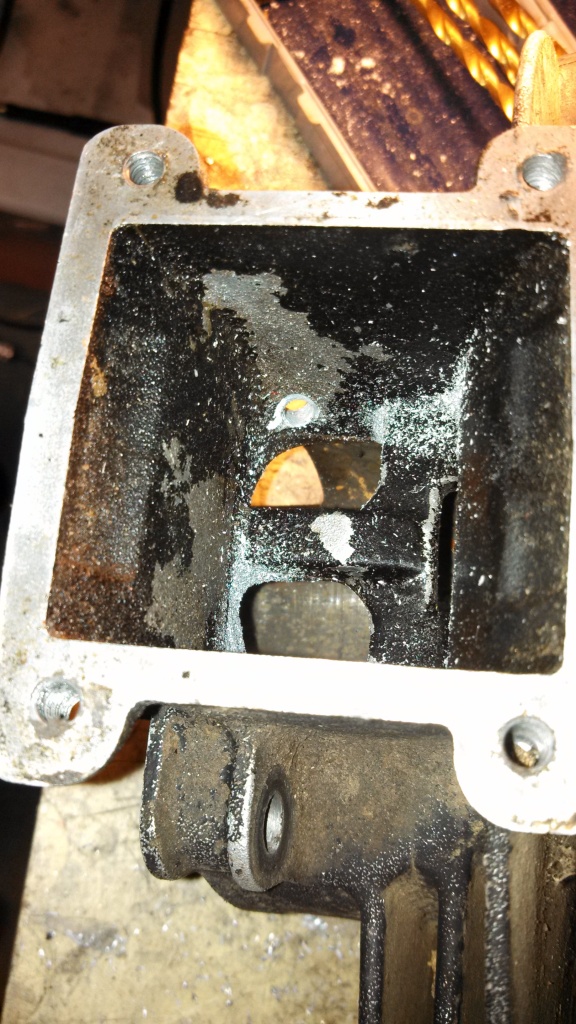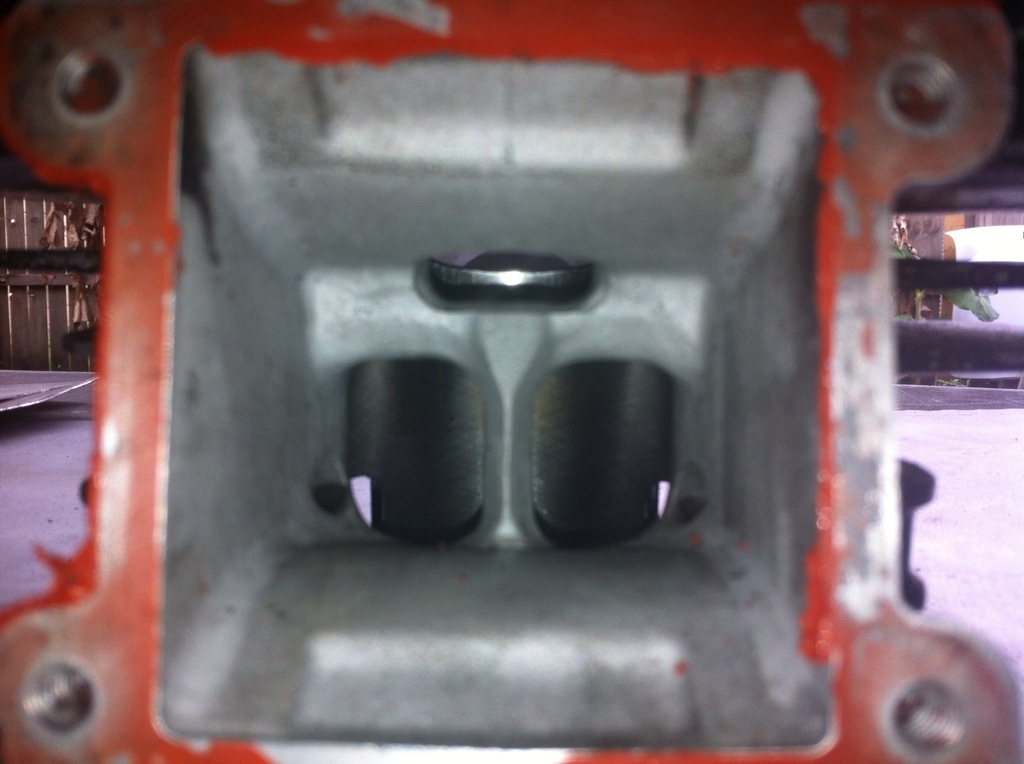OK here it is, I just drilled some boysen ports in a test cylinder and would like some feed back from everyone. Keep in mind I don't have a way to build up the weld on the outside so I don't want to run the risk of blowing thru the outside wall. Any tips will be considered and appreciated. Thanks in advance.
Mobile Photobucket
Mobile Photobucket
Mobile Photobucket
Mobile Photobucket
Mobile Photobucket
Mobile Photobucket







